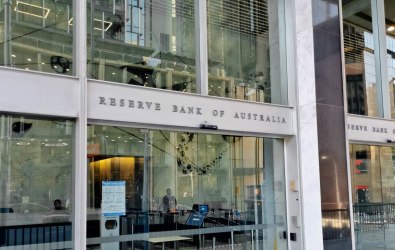The US dollar has become the only safe haven for fixed income investors to invest in, according to BT Investment Management (BTIM).
"When oil, gold, bonds, euros and the Australian dollar sell off all at the same time, it tells me that it is a general liquidation trade," BTIM head of income and fixed income Vimal Gor said.
"In that environment, where everything goes down, the asset I want to own more than anything else is US dollars."
Traditionally, there were three currencies that were considered safe havens, but the European sovereign debt crisis had changed the stakes, Gor said.
"The Japanese yen and the Swiss franc, two of your safe-haven currencies, are no longer safe havens," he said.
"The issue is that you might buy what you consider a safe-haven currency and find that you get a central bank intervention and it depreciates 5 per cent against the euro in a single day.
"So effectively you can only buy one currency now and that is the US dollar."
As a result, Gor has moved much of the exposure in his funds to the greenback.
"We've migrated a lot of our bond positions into FX (foreign exchange) positions over the last month or so, and we have quite large positions long the US dollar relative to other currencies," he said.
"Our FX risk for our Pure Alpha Fund is materially higher than our bond risk now, which is unusual."
He said all of the fixed income funds had been positioned very defensively.
"It is not about generating excess returns. While they are nice, this is an environment where you need to genuinely de-risk portfolios and try to avoid the potholes in the road. And there are a lot of them out there at the moment," he said.
"I spent most of my time to ensure we are not exposed to tail risk, effectively."
Asked if the debt crisis in Europe also posed opportunities, he said: "It creates lots of opportunities, but mainly for people to lose money.
"The way we view it is that over the next few years the focus is on the return of your capital, rather than the return on your capital," he said.





